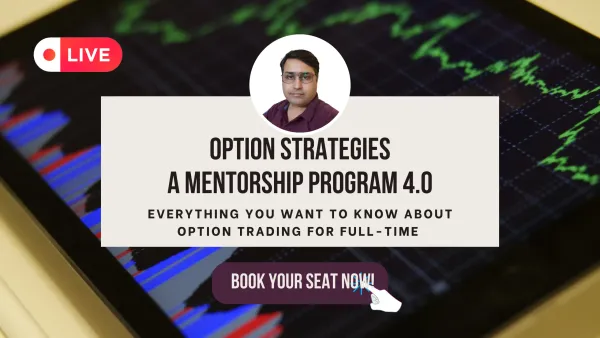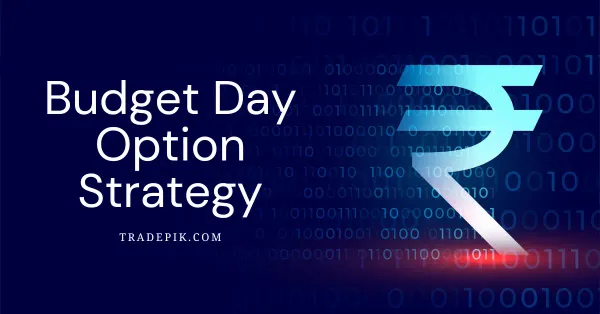Mastering the Art of Trading: Two Fundamental Rules for Success

In the ever-evolving world of financial markets, trading has emerged as a captivating endeavor for many individuals seeking to unlock their financial potential. As someone who has embarked on this journey, I have come to realize that while trading offers endless opportunities, it also demands a deep understanding of its intricacies. Through my own experiences and the lessons I've learned, I would like to share with you the two fundamental rules that have proven to be invaluable in my trading journey. So, sit back, relax, and let me take you on a journey of risk management, discipline, and the art of trading.
Rule 1: The Art of Risk Management
Once upon a time, I found myself eager to dive headfirst into the world of trading. Fuelled by excitement and ambition, I hastily entered trades without fully considering the consequences. It didn't take long for the harsh reality to set in: losses started piling up, and my trading account was dwindling. That's when I stumbled upon the first rule of trading—the art of risk management.
Effective risk management is the cornerstone of successful trading. It's like the compass that guides us through the turbulent waters of the market. By understanding and embracing risk management principles, I learned to protect my capital and limit my losses.
To illustrate the importance of risk management, let me share a personal anecdote. I vividly recall a trade I took without setting a stop-loss order—a cardinal sin in trading. Overwhelmed by greed, I ignored the potential downside and allowed my emotions to cloud my judgment. As luck would have it, the market turned against me, resulting in a substantial loss. That experience taught me a valuable lesson: always define your risk and set appropriate stop-loss orders to safeguard against significant losses.
Risk management extends beyond setting stop-loss orders. It involves understanding your risk tolerance, diversifying your portfolio, and managing position sizes. By allocating a predetermined percentage of capital to each trade, I learned to strike a balance between growth and preservation. Remember, it's not about how much you make on a single trade, but rather how well you manage your risk in the long run.
Rule 2: The Power of Discipline and Emotional Control
In the fast-paced world of trading, emotions can be both a trader's greatest asset and their most significant downfall. I learned this lesson through a series of ups and downs, where impulsive decisions driven by fear and greed resulted in regrettable outcomes. That's when I discovered the second rule of trading—the power of discipline and emotional control.
Trading, in many ways, is a psychological battle. The market is constantly testing your patience, challenging your emotions, and tempting you to deviate from your carefully crafted trading plan. It was during a period of immense volatility that I truly realized the power of discipline.
A personal experience that stands out is when I let my emotions get the best of me during a market frenzy. FOMO (fear of missing out) clouded my judgment, and I hastily entered a trade without proper analysis. It didn't take long for the market to correct itself, and I found myself staring at a significant loss. It was a wake-up call—a reminder that discipline is the key to long-term success in trading.
Developing discipline involves creating a well-defined trading plan that outlines entry and exit points, risk-reward ratios, and money management strategies. Following this plan consistently, regardless of market conditions or external influences, is the essence of discipline. It's about staying true to your convictions and not letting emotions dictate your decisions.
To cultivate discipline, I integrated various practices into my trading routine. Meditation, journaling, and regular self-reflection helped me gain clarity and strengthen my emotional resilience. Embracing a growth mindset, I viewed losses as learning opportunities rather than failures. This shift in perspective allowed me to detach myself emotionally from individual trades and focus on the bigger picture—consistent profitability over time.
Bonus Tip 1: The Synergy of Risk Management and Discipline
As I delved deeper into my trading journey, I realized that risk management and discipline are not standalone concepts but rather intertwined principles that work synergistically to pave the path to success. The effectiveness of one rule is significantly enhanced when combined with the other.
By integrating risk management and discipline, I discovered the true power of a well-executed trading strategy. I began to meticulously analyze potential trades, considering not only the profit potential but also the associated risks. Through thorough research and technical analysis, I identified high-probability setups that aligned with my risk appetite.
Before entering a trade, I defined my risk-reward ratio, ensuring that the potential reward justifies the risk taken. This disciplined approach empowered me to make objective decisions, avoiding impulsive trades that lacked a sound risk-management foundation.
Moreover, as I executed trades according to my plan, I maintained the discipline to honor my predetermined stop-loss orders. This prevented small losses from spiraling into devastating blows to my trading account. By adhering to these rules, I preserved capital, mitigated risk, and increased my chances of long-term success.
Bonus Tip 2: The Evolution of a Trader
Trading, like any other skill, requires continuous growth and adaptation. The journey to becoming a proficient trader is a lifelong process of learning, honing skills, and staying ahead of the ever-changing market dynamics.
Along my trading path, I sought out educational resources, attended seminars, and engaged in discussions with experienced traders. This ongoing quest for knowledge helped me refine my strategies, expand my trading arsenal, and gain valuable insights into market behavior.
I also learned to embrace the power of backtesting and journaling. Backtesting involves simulating trades on historical data to evaluate the effectiveness of a trading strategy. By meticulously analyzing past trades and their outcomes, I gained a deeper understanding of my strengths and weaknesses as a trader. Journaling, on the other hand, served as a reflection tool, allowing me to review my trades, emotions, and decision-making processes. It provided a roadmap for continuous improvement and helped me identify patterns that affected my performance.
Conclusion:
In the captivating realm of trading, where fortunes can be won or lost in the blink of an eye, two fundamental rules have emerged as pillars of success—risk management and discipline. Through my personal journey and experiences, I have witnessed firsthand the transformative power of these rules.
By mastering the art of risk management, I learned to protect my capital, define my risk tolerance, and effectively navigate the ever-changing market landscape. The integration of discipline and emotional control elevated my trading game, allowing me to make rational, well-informed decisions and stick to my trading plan even in the face of adversity.
However, let us not forget that trading is an ongoing process of growth and adaptation. It requires continuous education, self-reflection, and a willingness to evolve with the market. As you embark on your own trading journey, remember the power of risk management and discipline, and let these principles guide you toward long-term success.
So, embrace the art of trading, learn from your experiences, and always strive to refine your skills. With the proper foundation of risk management and discipline, you possess the keys to unlocking the vast potential that the world of trading holds. May your trading journey be filled with growth, prosperity, and the fulfillment of your financial aspirations.
Don't miss out on the opportunity to learn intraday options strategies for Nifty and BankNifty! Join our 3-Day Online Workshop starting today at 07:00 PM and take the first step towards mastering the art of trading. Register now and secure your spot!





